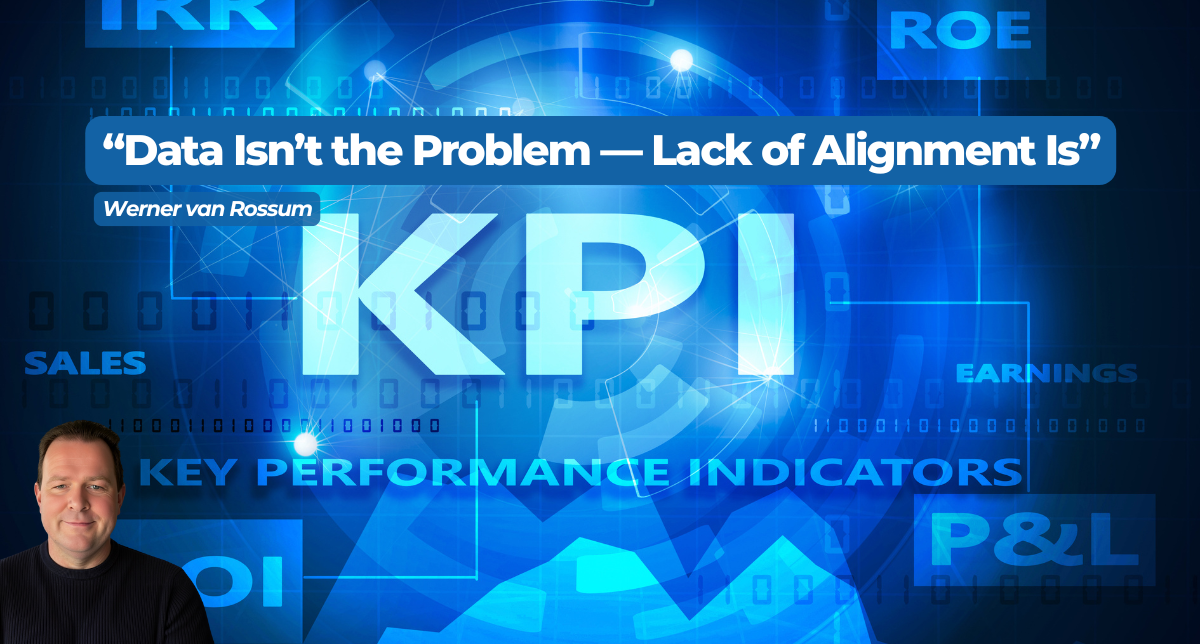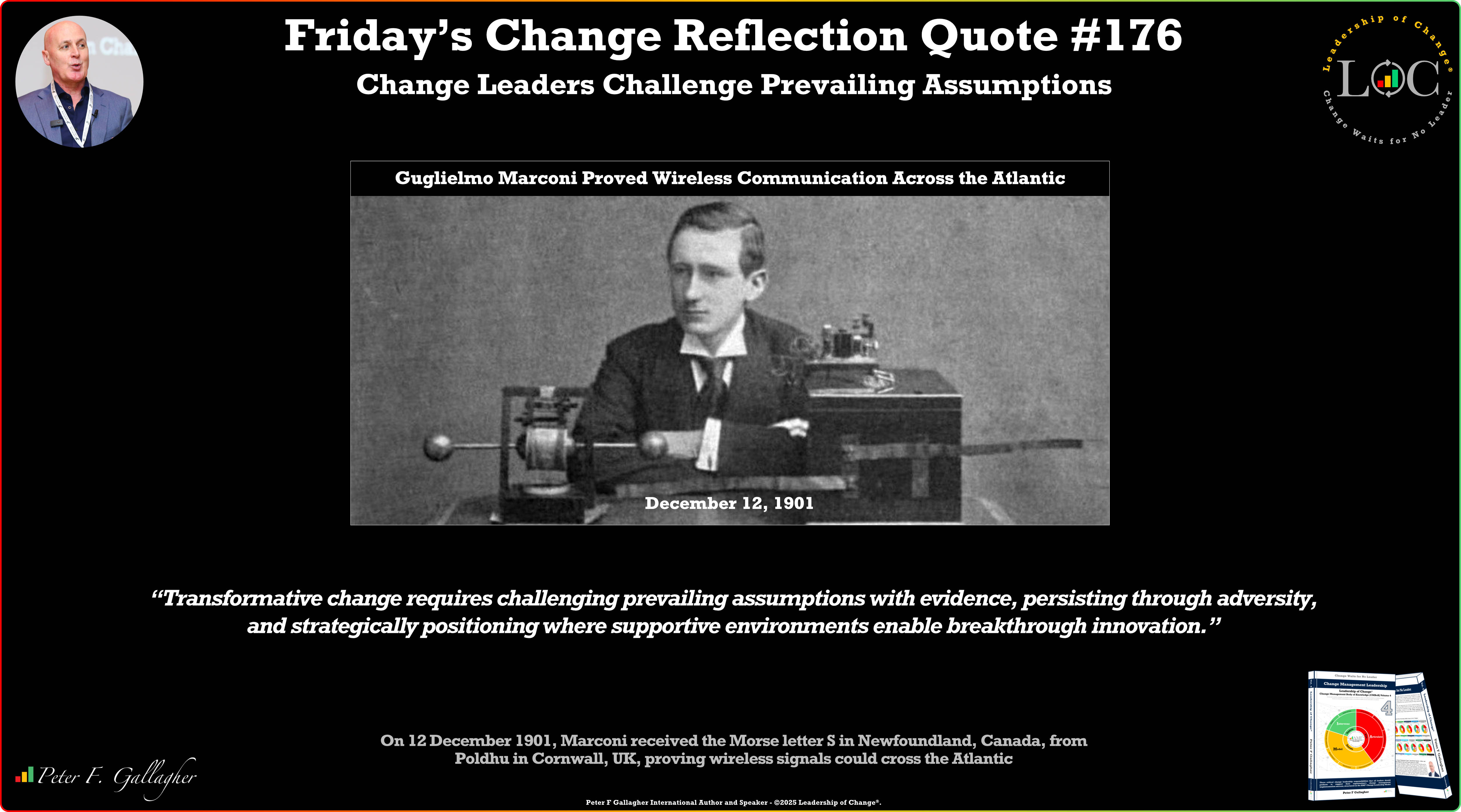Jul01

In almost every organization I’ve worked in, I’ve seen it:
A process that’s been running for years, rarely questioned - because “it works.”
It doesn’t break.
But it doesn’t build either.
And over time, that quiet comfort becomes dangerous.
We confuse stability with strength.
We protect old ways of working like they’re sacred.
But what we’re really protecting…
is underperformance.
When no one’s actively complaining, we assume everything’s fine. But under the surface, inefficiencies pile up. Morale dips. Decisions slow. Energy gets drained by outdated handovers, clunky approvals, or tools that once made sense - but no longer serve their purpose.
The irony?
By not questioning what’s “working,” we end up normalizing mediocrity.
Most of my career has been about walking into processes no one noticed—until the cracks showed.
What I’ve learned is this:
Real transformation rarely starts with a shiny new tool or a better dashboard.
It starts with the courage to look again.
To challenge what no one’s questioning.
When I audit a process, here’s what I always ask:
Where does the friction begin?
I trace the process upstream, before the symptoms show.
Who benefits? Who’s burdened?
Often, the structure protects legacy power while quietly overloading others.
What’s really stopping change?
Sometimes it's ego. Sometimes it’s history. Most often, it’s just habit.
And finally—
Is this serving our customer or stakeholder, or just surviving?
If you’re serious about transformation, don’t just ask:
“What’s broken?”
Ask:
“What are we tolerating just because it’s familiar?”
That’s where the real work begins.
Think of one process in your team that seems “fine.”
Then ask yourself →
Is it actually effective, or just familiar?
Let that question sit.
It might reveal more than you expect.
Keywords: Leadership, Culture, Transformation
 Data Isn’t the Problem. Alignment Is.
Data Isn’t the Problem. Alignment Is. Friday’s Change Reflection Quote - Leadership of Change - Change Leaders Challenge Prevailing Assumptions
Friday’s Change Reflection Quote - Leadership of Change - Change Leaders Challenge Prevailing Assumptions The Corix Partners Friday Reading List - December 12, 2025
The Corix Partners Friday Reading List - December 12, 2025 Measuring the True ROI of Automated Claims Processes: Beyond Speed and Cost
Measuring the True ROI of Automated Claims Processes: Beyond Speed and Cost The New Silicon Frontier: Specialization and the Diverse Landscape of AI Chips
The New Silicon Frontier: Specialization and the Diverse Landscape of AI Chips